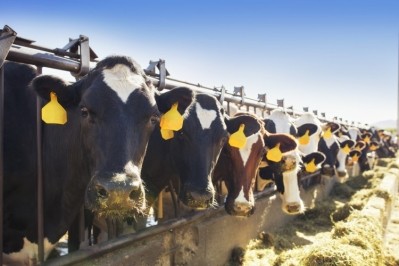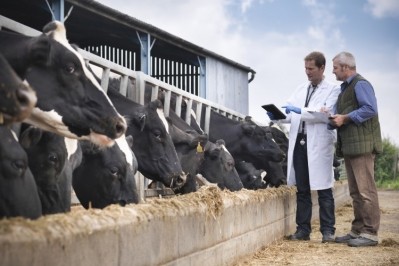Bird flu can be highly lethal in cats that drink infected raw milk, vets find

US veterinarians that investigated the unexplained deaths of cats on a Texas dairy farm have concluded that cows infected with bird flu can transmit the virus to other mammals through raw milk.
While cases of domestic cats infected with bird flu – typically transmitted from birds – are well-documented, this is the first time vets have linked the illness in cats with exposure to infected raw milk.
The breakthrough followed a multi-state collaboration in which vets worked around the clock to find out why cats were dying or disappearing at dairy farms with reported infections of highly pathogenic avian influenza (HPAI) H5N1 in cattle.
“HPAI virus infection should be considered in dairy cattle when an unexpected and unexplained abrupt drop in feed intake and milk production occurs and for cats when rapid onset of neurologic signs and blindness develop,” explained lead researcher Dr. Eric Burrough.
Samples from cats that had died on a Texas farm were tested at the Iowa State University Veterinary Diagnostic Laboratory (ISUVDL), with similar sets of samples received from cattle located in affected dairies in Kansas. The same virus – HPAI H5N1 – was found in both species including in the raw cow’s milk that was fed to the cats.
While the infected dairy cattle exhibited mostly mild symptoms, more than half of the ill cats eventually died.
Symptoms specific to cats included blindness and chorioretinal lesions (a type of eye inflammation), with neurological signs and death developing rapidly.
After testing tissue and milk samples from cows and cats, the researchers found microscopic lesions in both species, with cats’ lesions being ‘consistent with severe systemic virus infection’, including signs of lung, heart and eye damage.

Meanwhile, the tested raw milk was found to contain a high viral load and is thought to be the primary reason why the cats became infected.
The finding raises questions about how infectious raw milk from sick cows is and the risk for virus transmission it represents to other mammals on dairy farms mammals. Additional research is needed to confirm how the virus spreads from dairy cattle to cats and other species.
“In conclusion, we showed that dairy cattle are susceptible to infection with HPAI H5N1 virus and can shed virus in milk and, therefore, might potentially transmit infection to other mammals via unpasteurized milk,” the researchers stated.
“The recurring nature of global HPAI H5N1 virus outbreaks and detection of spillover events in a broad host range is concerning and suggests increasing virus adaptation in mammals. Surveillance of HPAI viruses in domestic production animals, including cattle, is needed to elucidate influenza virus evolution and ecology and prevent cross-species transmission.”
Source:
Burrough ER, Magstadt DR, Petersen B, Timmermans SJ, Gauger PC, Zhang J, et al. Highly pathogenic avian influenza A(H5N1) clade 2.3.4.4b virus infection in domestic dairy cattle and cats, United States, 2024. Emerg Infect Dis. 2024 Jul [02 May 2024].







